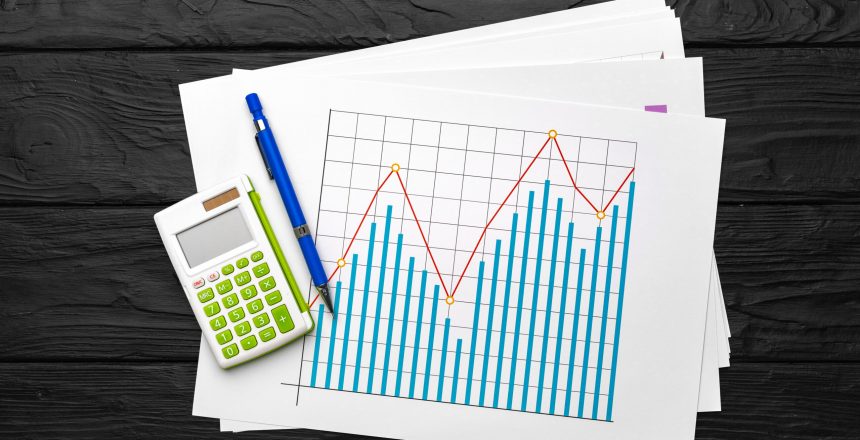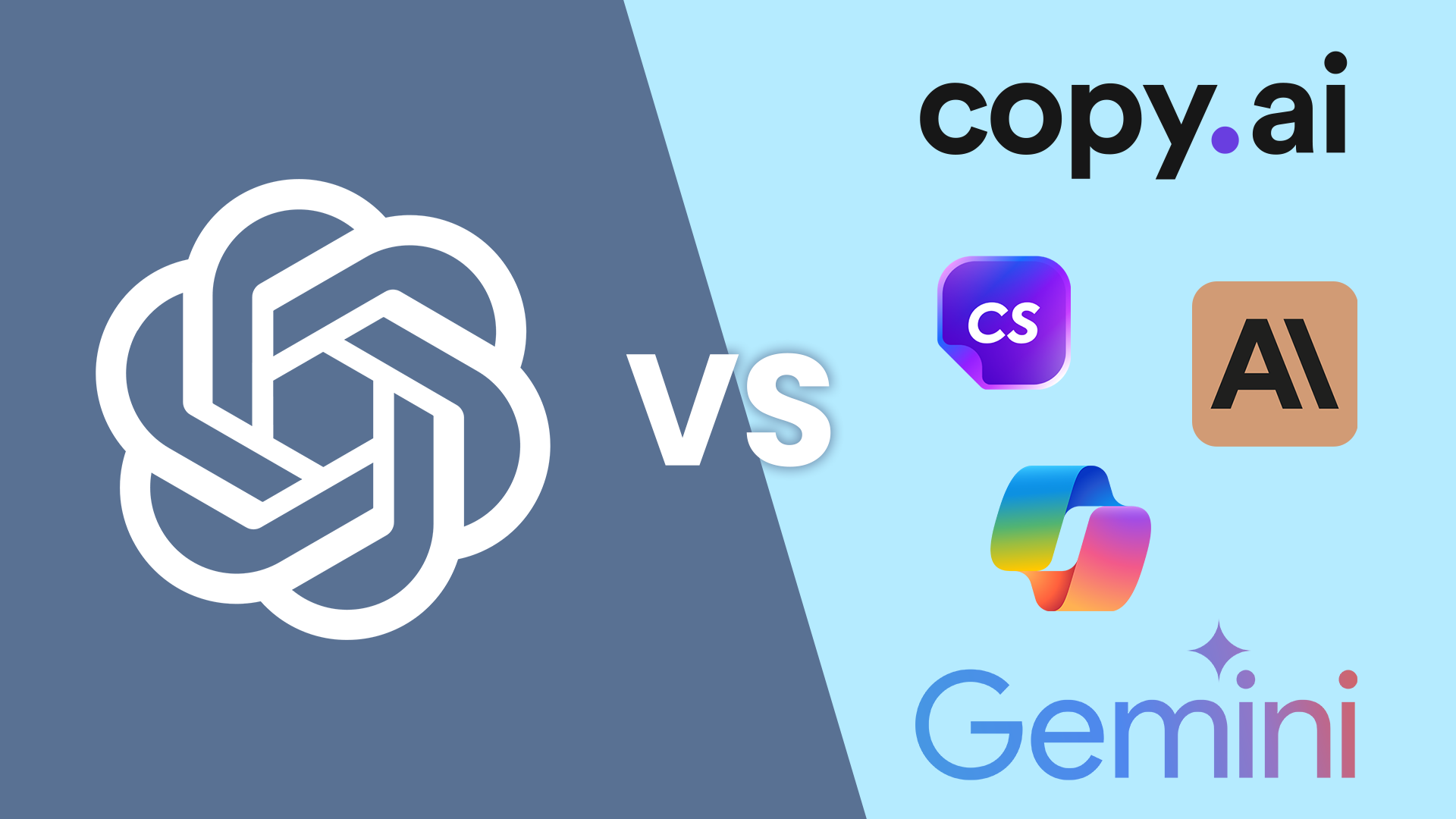Artificial Intelligence (AI) has emerged as a pivotal force, reshaping the landscape of various industries and spearheading a revolution in the way businesses approach data analytics. As organizations increasingly harness the power of AI in data analytics, the industry is undergoing a transformative shift, characterized by enhanced speed, efficiency, and accessibility. This article delves into the profound significance of AI in data analytics, spotlighting its benefits and exploring five distinctive ways in which AI is being leveraged to streamline and elevate the analytical process.
Table of Contents
The Crucial Role of AI in Data Analytics:
1. Speed and Efficiency Amplification:
Incorporating AI in data analytics yields unparalleled advantages, particularly in terms of speed and efficiency. Equipped with potent machine learning algorithms, AI tools can process vast datasets at a pace surpassing human capabilities. This not only accelerates decision-making for organizations but also expedites the retrieval of commands and library syntaxes, significantly enhancing the overall efficiency of data analysts.
2. AI in Data Analysis Means Fact-checking Excellence:
AI tools excel in detecting inconsistencies within datasets, providing a robust mechanism for fact-checking and validation. When analytics results deviate from expectations, AI-powered chatbots swiftly investigate and highlight errors or potential issues before they impact decision-making. This proactive approach ensures data accuracy and reliability, crucial components of effective data analysis.
3. Data Democratization through AI:
AI, particularly through Natural Language Processing (NLP) in chatbots, contributes to the democratization of data. By enabling non-technical users to analyze large datasets and extract key insights, AI bridges the gap between data scientists and other business stakeholders. This democratization empowers individuals with varying levels of technical expertise to access and interpret complex datasets without the need for specialized knowledge.
4. Automated Report Generation Revolution:
Automation is a key facet of AI in data analytics, particularly in the realm of report generation. AI tools can automatically generate comprehensive reports for individual analyses, ensuring consistency and timeliness across the organization. This automated approach enhances accessibility, providing all employees with consistent and up-to-date information, regardless of their location or background.
5 Distinctive Ways Transformations From AI in Data Analytics:
1. Code Generation & Debugging Mastery:
AI plays a pivotal role in code generation and debugging within data analytics. Tools such as DataCamp Workspace AI, Anaconda Assistant, and GitHub Copilot assist in creating code blocks, visualizing large datasets, and building machine-learning models. These AI coding assistants streamline the coding process and contribute to efficient debugging, significantly reducing troubleshooting time.
2. Enhanced Explanation of Analysis & Insights:
With AI in data analytics, conveying insights and delving deeper into data points is crucial for extracting meaningful business intelligence. AI tools like Tableau GPT facilitate the explanation of specific data points on charts, providing deeper insights into trends and correlations. This capability is particularly valuable for exploratory data analysis, enabling analysts to unravel insights from new datasets efficiently.
3. Synthetic Data Production Innovation:
The production of synthetic data is emerging as a significant application of AI in analytics. Tools such as ChatGPT, Mostly AI, and Gretel AI facilitate the generation of training datasets for machine-learning models. This approach proves invaluable for testing different models and scenarios, especially when obtaining diverse training datasets is challenging. Automated data imputation further enhances the accuracy and speed of data analysis.
4. Creative Dashboards & Reports Crafting:
AI-driven tools, exemplified by Tableau GPT, are instrumental in creating interactive dashboards and reports. These tools aggregate data from multiple sources, simplifying the process of data visualization for individuals without prior experience in the field. Additionally, Midjourney AI offers creative ideas for dashboards, fostering innovation in data presentation.
5. Automated Data Entry from Images Advancement:
For data analysts dealing with large volumes of data from images or documents, AI automates the data entry process. Features like the “insert data from picture” in Excel utilize computer vision to convert images of tabular data into digital datasets. This proves particularly beneficial for industries like healthcare, where large amounts of data from images, such as X-rays or MRIs, need to be processed accurately and swiftly.
Future Trends in AI and Data Analytics:
The synergy between AI and data analytics is poised to evolve further, with increasing integration and advancements. Automated report generation and the use of NLP for natural language prompting will likely see substantial developments. Additionally, AI will play a pivotal role in enhancing data security and identifying suspicious patterns to safeguard user data from potential cyber threats.
In Conclusion:
The integration of AI into data analytics marks a transformative era, ushering in unparalleled efficiency, innovation, and accessibility. As the future unfolds, AI’s role in data analytics will continue to expand, encompassing diverse tools and applications. From generating code to creating synthetic data, the profound benefits of AI in data analytics are reshaping the landscape. Embracing these technologies is not just advantageous; it is imperative for staying relevant in the ever-evolving terrain of data analysis. With AI as a strategic ally, data professionals can navigate their tasks with heightened efficiency and accuracy, unlocking new dimensions of business insights in the process. This symbiotic relationship between AI and data analytics is set to redefine the future of business intelligence.
Are you ready to start making the most of technology in your business? Contact NPEC and follow us on social media today.




